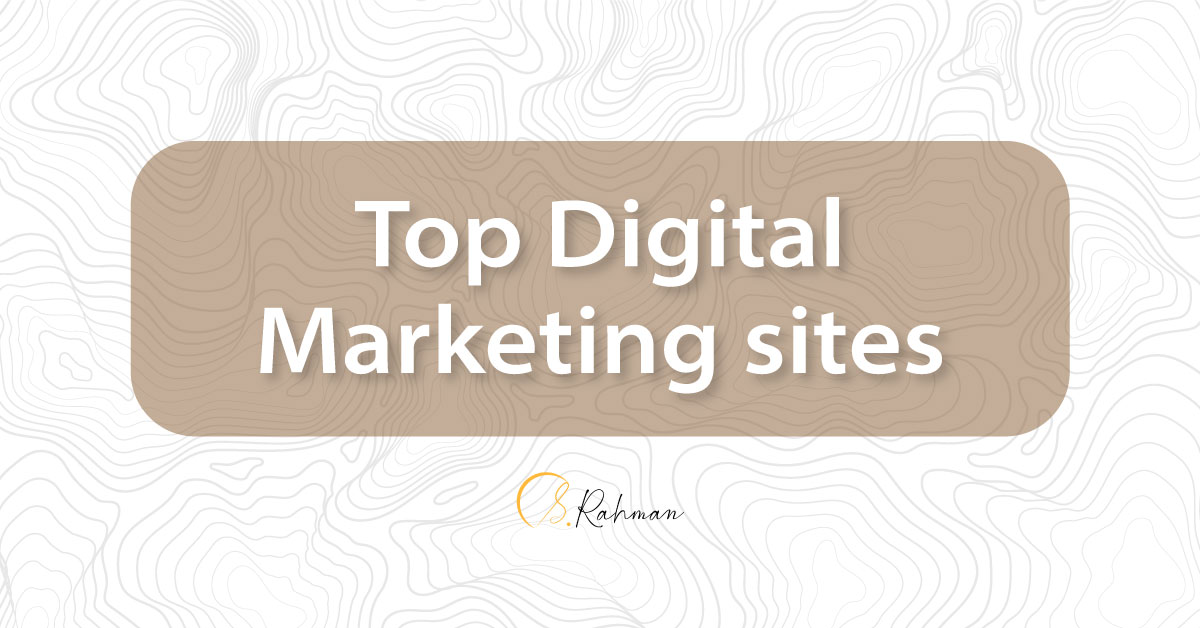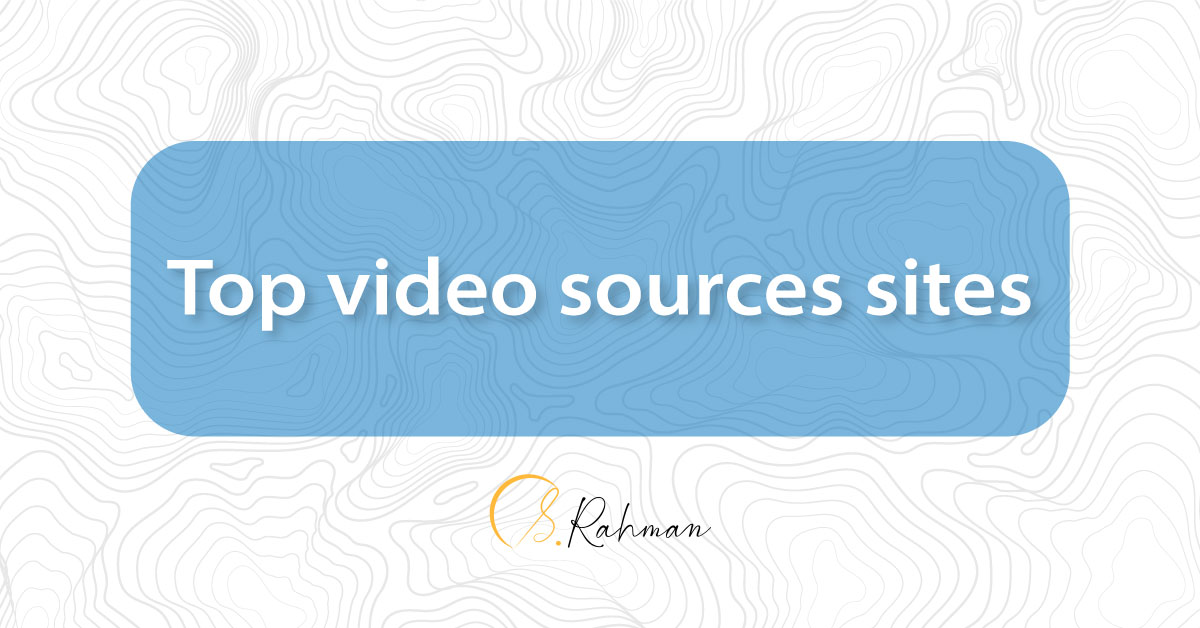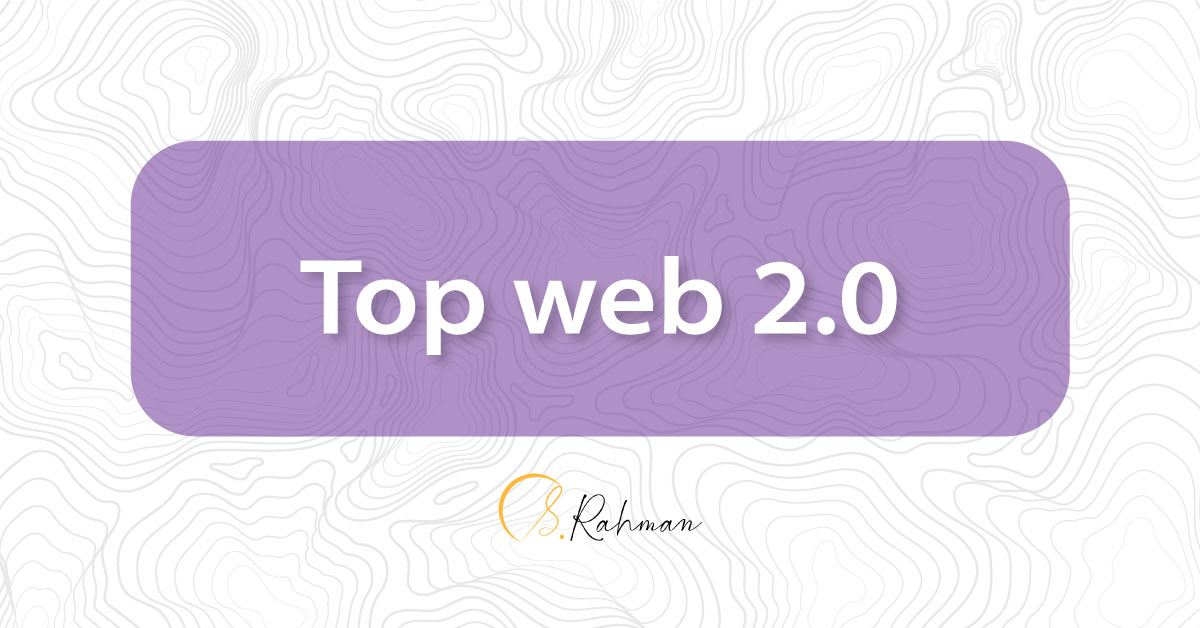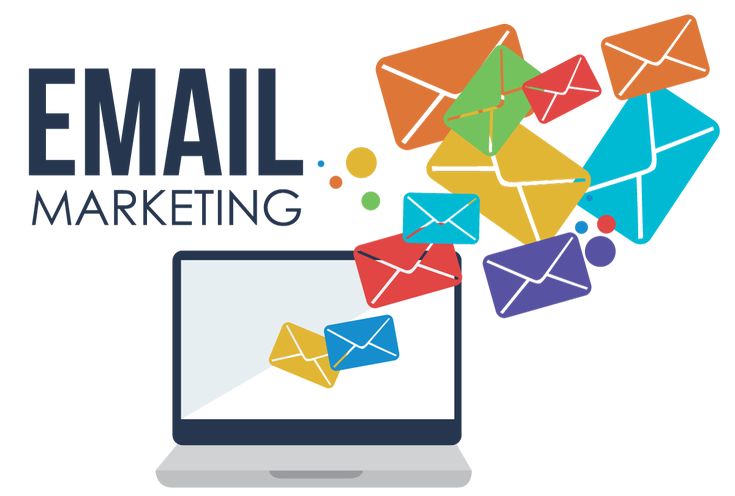
Google Ranking Factors 2023
The Current Ranking Factors For Google In 2023 Include: Google Ranking Factors: Content quality and relevance User experience and website usability Mobile optimization Keyword usage and relevance Backlinks and link building Site speed and loading time Domain and page authority Schema markup Social signals Local search optimization Note: Google’s ranking algorithm is constantly changing, so the ranking factors may vary. It’s important to focus on providing high-quality, relevant, and user-friendly content for your website to rank well in Google. What is Google Ranking Factor? Google ranking factors are the elements that influence the visibility and position of a website in Google search engine results pages (SERPs). These factors determine the relevance and quality of a website and include elements such as content quality, keyword usage, website structure, backlinks, page speed, mobile optimization, user experience, and many others. Google’s ranking algorithm constantly changes, so staying updated on the latest ranking factors is crucial for optimizing a website to rank well in search results. Why Google Ranking Factor? Google ranking factors are important because they determine how well a website will rank in Google’s search engine results pages (SERPs). The higher a website ranks in SERPs, the more likely it is to be seen by users, leading to increased traffic, brand visibility, and potential customers. Having a strong understanding of Google’s ranking factors and optimizing a website accordingly can improve search engine visibility and drive organic traffic, which can have a significant impact on a business’s success and growth. Therefore, it is crucial for website owners and marketers to stay updated on the latest ranking factors and make necessary optimizations to ensure their website is ranking well in Google. 1.Content quality and relevance: “Content quality” refers to the value and significance of the information presented in a particular text or media. This includes factors such as accuracy, depth, clarity, originality, and style. “Relevance” refers to the pertinence of the information to the topic or audience it is intended for. Content that is both high in quality and relevant is considered valuable and useful to the reader or viewer. 2.User experience and website usability: User experience (UX) and website usability refer to the ease and satisfaction with which a user interacts with a website. Good UX and usability take into account factors such as website design, navigation, page load speed, and responsive design for mobile devices. A website with positive UX and usability provides a seamless experience for the user and can lead to increased engagement and conversions. 3.Mobile optimization: Mobile optimization is the process of making a website usable and accessible on mobile devices, such as smartphones and tablets. This involves designing and developing the website to display correctly on smaller screens, and ensuring that all features and functionality are optimized for mobile devices. Good mobile optimization improves the user experience and can help a website rank higher in search results on mobile devices.4.Keyword usage and relevance: 4.Keyword usage and relevance: “Keyword usage” refers to the incorporation of relevant keywords and phrases in a website’s content and meta elements, such as page titles and headings. “Relevance” refers to the pertinence of the keywords to the topic of the website and the audience it is intended for. Keyword relevance helps search engines understand what a website is about and match it to relevant user queries. Optimizing a website for keywords involves researching and selecting keywords that are relevant to the website’s content and that have a high search volume. Keywords should then be incorporated into the content in a natural way, without overstuffing or compromising the quality of the content. 5.Backlinks and link building: Backlinks, also known as inbound links, are links from other websites that lead to a specific page on your website. Link building is the process of acquiring these links to improve a website’s search engine rankings. High-quality backlinks from authoritative and relevant websites can increase a website’s visibility and credibility, while low-quality or irrelevant links can harm its ranking. Effective link building involves creating high-quality content that is valuable and relevant to other websites and users. 6.Site speed and loading time: “Site speed” refers to the time it takes for a web page to fully load and be ready for use by the user. “Loading time” is a measure of the site speed, indicating the time it takes for a webpage to completely load. Fast site speed and short loading time are important for both user experience and search engine optimization. A slow website can lead to a higher bounce rate, where users leave the site before it finishes loading, and negatively impact a website’s search engine rankings. There are several factors that can impact site speed and loading time, such as: Large image and file sizes: These can slow down a website and increase loading time. Poorly optimized code: Inefficient or badly written code can slow down a website. Slow server response time: The speed at which a server responds to requests can impact site speed. High traffic: A website may slow down during periods of high traffic. 7.Domain and page authority: “Domain authority” and “page authority” are metrics that predict how well a website or specific page will rank in search engine results. Domain authority is a score, ranging from 0 to 100, that predicts the ranking ability of an entire domain. It’s determined by various factors, such as the age of the domain, the number and quality of backlinks, and the overall content quality of the website. A high domain authority indicates that a website is authoritative and trustworthy, and is more likely to rank well for relevant search terms. Page authority is similar to domain authority, but predicts the ranking ability of a specific page on a website. It’s based on factors such as the number and quality of backlinks to the page, the content quality and relevance, and the internal linking structure of the website. Both domain and page authority can be improved through link building, producing high-quality content, and optimizing website structure










